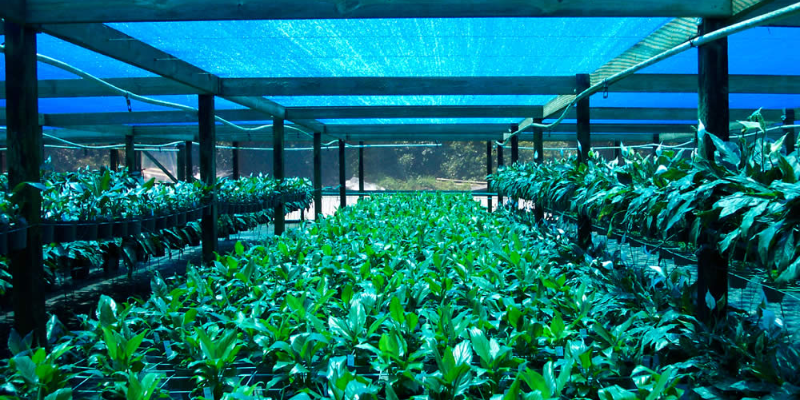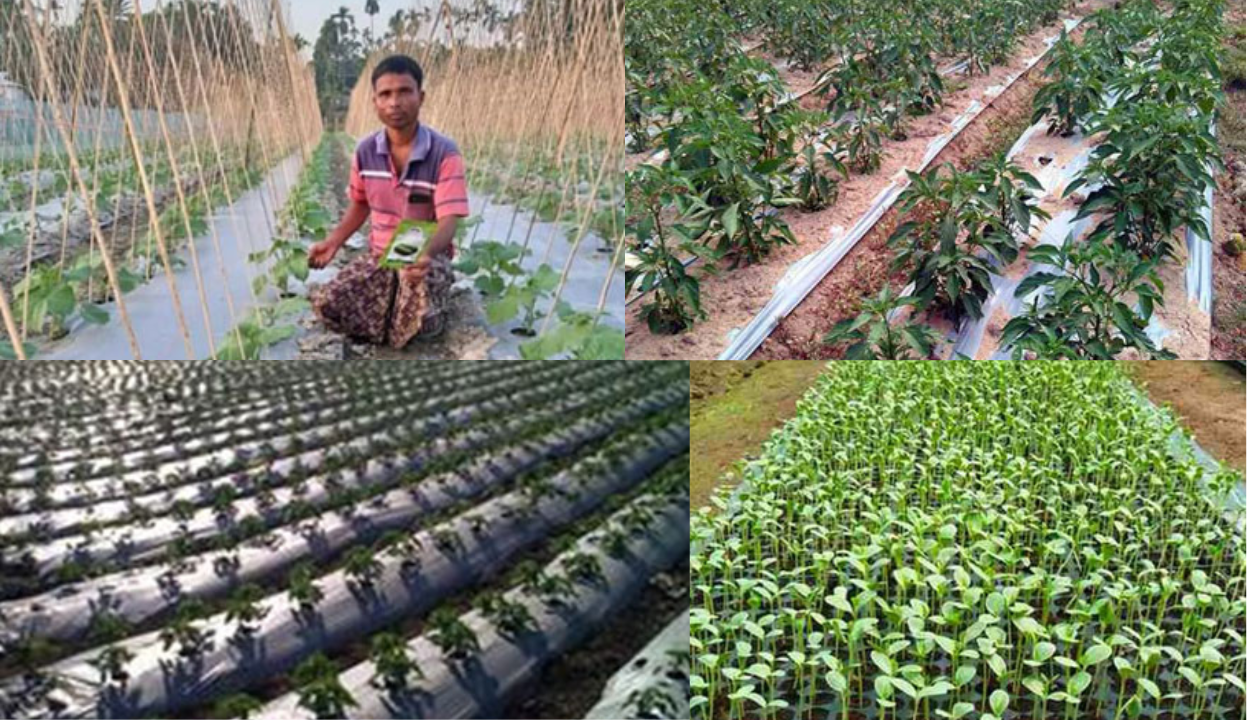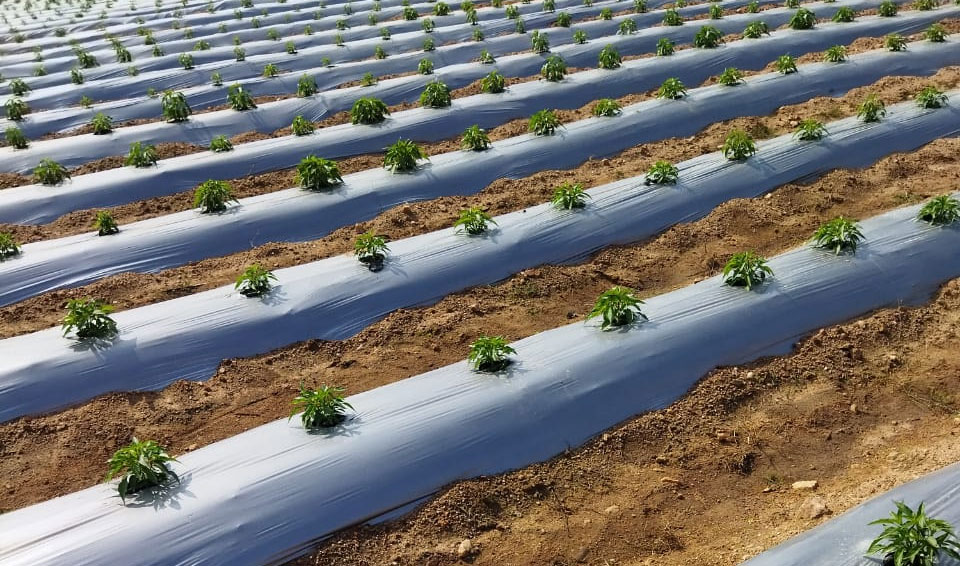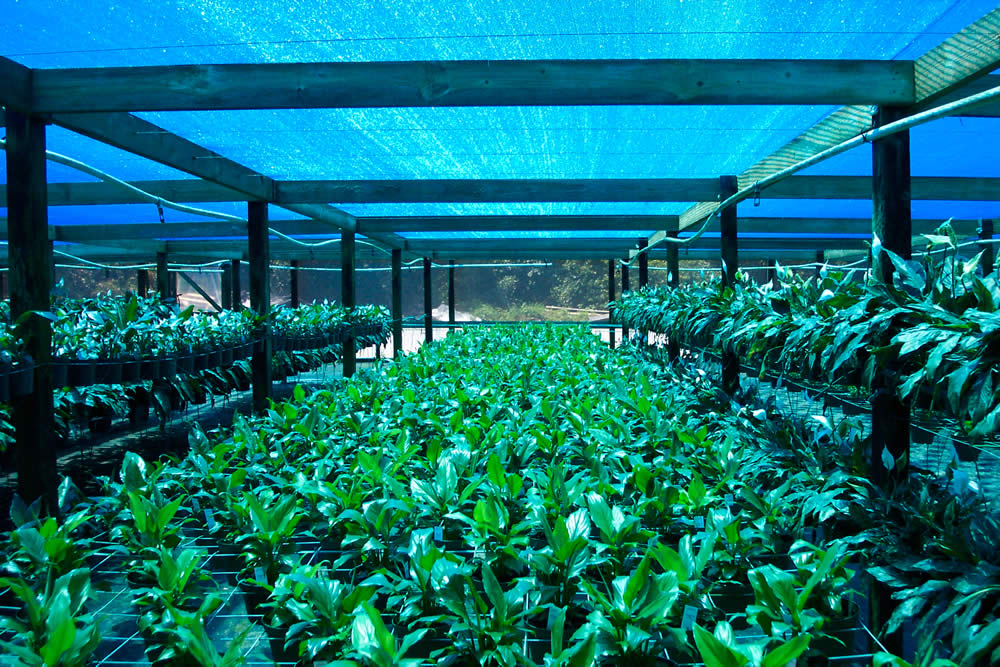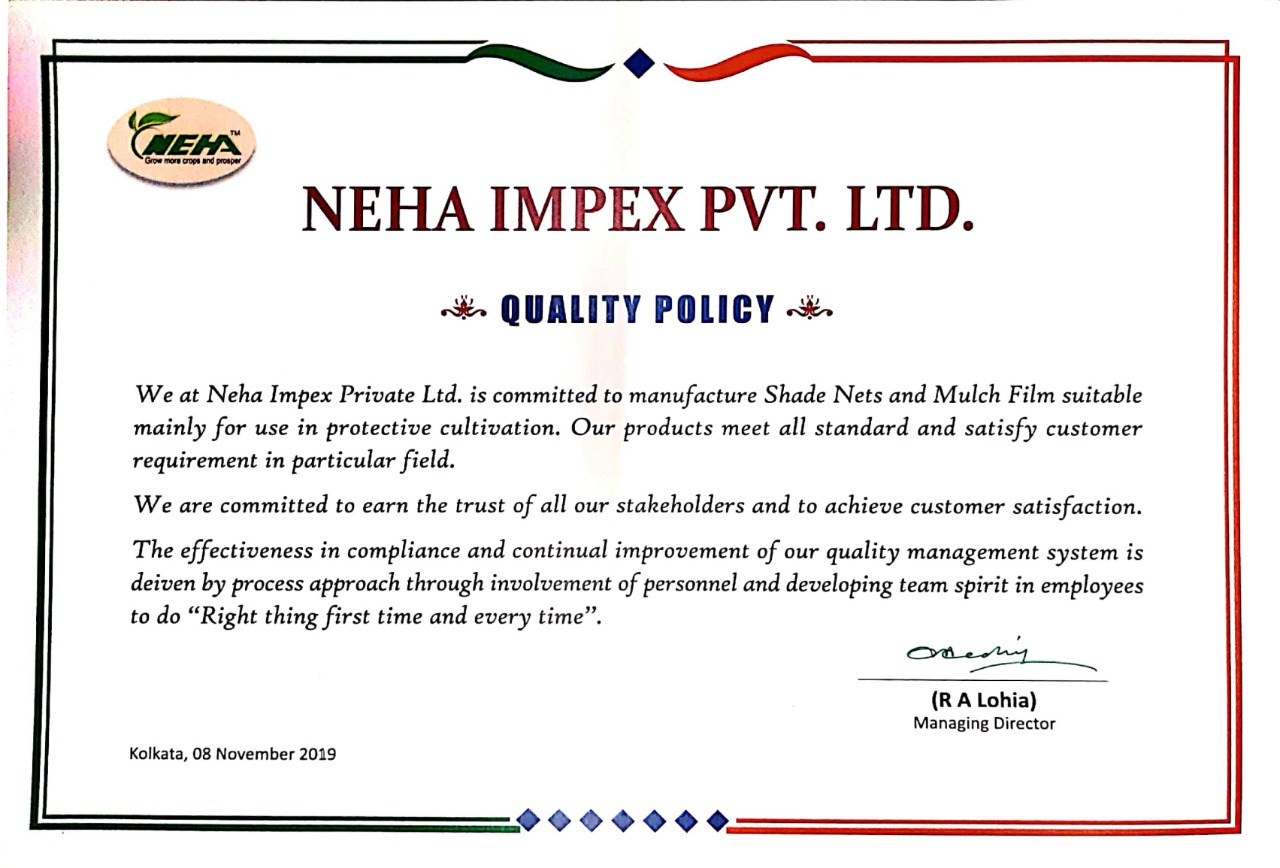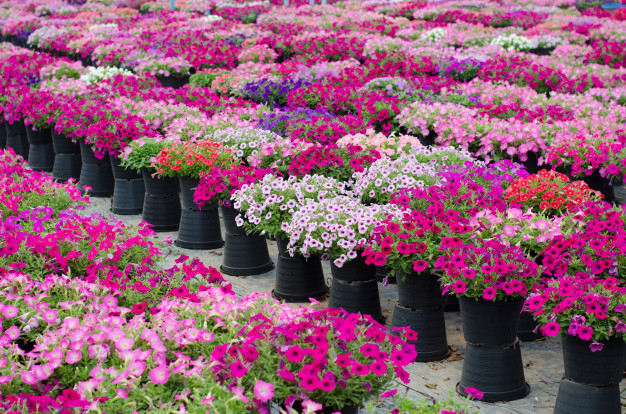
WHAT IS FLORICULTURE?
Have you ever wondered where the roses you get your special someone for Valentine’s Day grown? The same question can be asked for that bouquet of flowers we all rush to buy for our mothers on Mother’s Day. The answer is simple – floriculture.
But exactly, what is floriculture? You might think it is just a fancy word for gardening but actually, it is much more than that.
FLORICULTURE 101
Floriculture is a special segment of horticulture which focuses on the production of flowering and foliage plants for decorative use. The flowers are usually grown in greenhouses which are basically just giant gardens that store a large number of plants for mass production. Floriculture includes the cultivation of plants and flowers for cosmetic, perfume and pharmaceutical industry, and also for decorative purpose.
The following crops are included:
- Bedding Plants
Produced for seasonal display in flower beds and outdoor containers. Mostly annual flowering plants are cultivated but vegetable plants are can also be part of it. These are large segments of the floriculture industry. The production and sale seasons are short. Production months are generally January through June and sale seasons are May and June.
The following plants are included
- Petunia
- Lobelia
- Geranium
- Busy Lizzie
- Rudbeckia
- Antirrhinum
2. Herbaceous Ornamental Perennials
These are mostly non-woody plants that persist from year to year as part of the original plants such as bulbs, rhizomes, crowns. They are grown in the greenhouse and later moved out in order of them to fully grow and ready for sale. Harsh winter season might affect a few of these plants.
Few examples are:
- Phlox
- Coneflower
- Columbine
- Hostas
3. Potted Crops
Flowers which are grown and sold on pots and containers are Potted Crops. They are the second largest segment of floriculture behind Bedding Plants. Potted Crops can be produced all-round the year or seasonally depending on the environment it is grown and seasons associated it with. These flowers fall on a bit more expensive side as it takes time to reach a mature stage of flowering.
Some potted crops are:
- Poinsettias
- Shamrocks
- Cyclamen
- Easter lilies
4. Indoor Foliage
These plants are grown for their leaves which have an interesting shape or colour. Mostly found in tropical or subtropical regions, some species are grown all year-round. Good for displays in home, offices and interiors. Some examples are:
- Bromeliads
- Ferns
- Philodendrons (the most classic office plant)
- Devil’s Ivy
5. Cut flowers
Cut flowers are crops that are produced with all of the intentions of selling the flowers and are not the entire flower instead they are cut to fit a bouquet or other flower arrangements. Theses are used in wedding, birthdays, funerals as some sort of decorations.
Roses are a perfect example. It is used on every occasion. Can be cut, decorated with ease.
Apart from roses, other cut flowers include:
- Chrysanthemum
- Lilies
- Alstroemeria
The overview of the question “What is floriculture?” has been answered. Here a few more Frequently Asked Questions (FAQs).
- What’s the difference between Horticulture and Floriculture?
Horticulture deals with scientific analysis related to the cultivation of the garden. Whereas Floriculture deals with growing and marketing flowers.
- Does floriculture impact the economy?
Greenhouses are not cheap and yes, Floriculture due consume a lot of funds. Be it scientific research, tools, marketing. But the good part is, once a flower is grown, its seeds can be used to grow even more flowers. It is balanced by supply and demand. Natural calamities like drought, hailstorm affects the industry.
- Other than decoration what are the purposes to grow flowers?
Well, decorating flowers can bring happiness. Flowers in hospitals help accelerate the recovery of patients.
Flowers are also grown for medicinal purposes.For several centuries, medical practitioners have long acknowledged the therapeutic properties of certain flowers. Flowers of Sunflowers, Snapdragon, Lotus and Dandelion are still used in the medical industry.
India must reap the benefits of blooming floriculture industry
Potted vegetation and cut flowers encompass nearly 80 per cent of total world trade in ornamental plant varieties. Though India has an enormous potential to boost floriculture through production and growth of these varieties, it has not been able to do the same for many reasons.
India’s agriculture is the backbone of its economy. But with the magnitude of farmlands fading generation subsequent generation, it can be safely said that horticulture has immense potential to augment the income of underprivileged farmers in the country. In a country with a majority of medium and small farming households, an intervention can help a poor farmer earn much more than what he does by making the most optimum use of available limited natural resources. India has the honour of getting numerous diverse and adequately favourable climate for gardening and very cheap labour for growing these crops. The greatest advantage is that flowers need much less land and water for production in comparison to the cultivation of rice and wheat.
There are resource constraints and a severe shortage of skilled persons to develop the industry to match up to the existing international standards. The need of the hours to createcapablepeople and explore sustainable means to ensure the strength of our small and marginal farmers and survey marketing prospects to save our economy as well as increases export.
Why Neha Implex?
The Floriculture industry is massive. To have substantial growth, you need to have the right technique, the right types of equipment, the right skills. Unless you’re an experienced florist you need some help, someone who’s in this industry for decades.
Neha Shade Net, Est. in 1991 at Kolkata, West Bengal, they are the market leaders in gardening. We have been one of the best Agricultural mulch film suppliers in Kolkata. With 27+ years of experience, 173+ happy clients and 21+ professional awards, the competition is far behind.





